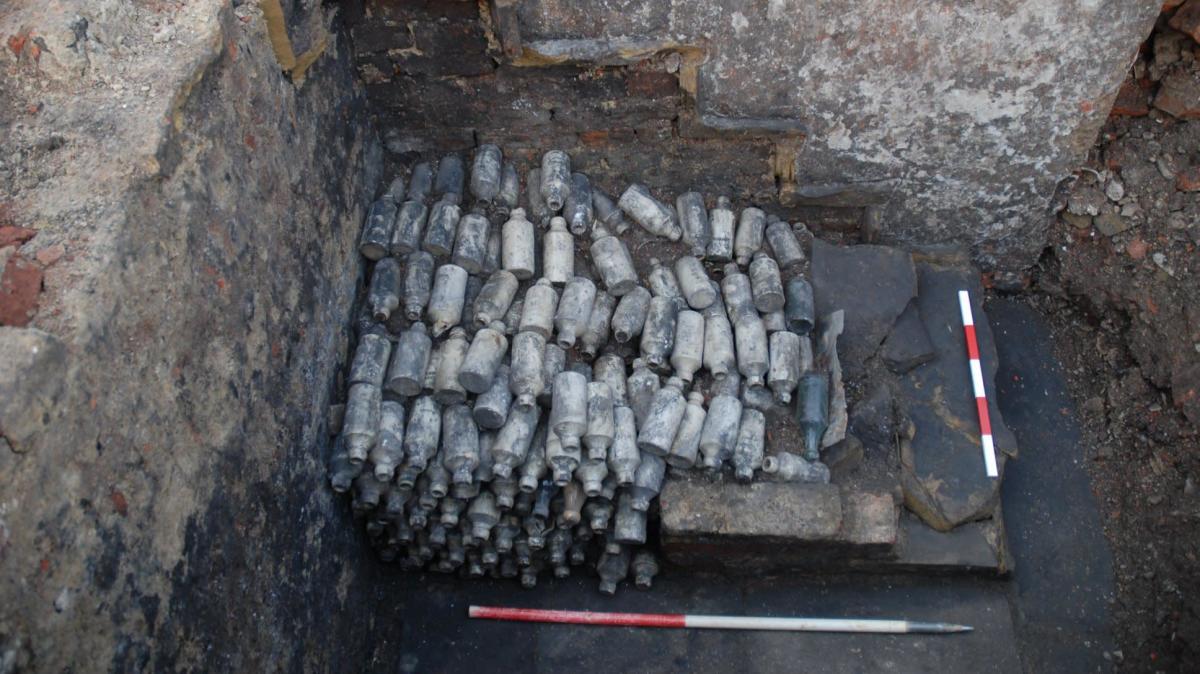The question of the Mediterranean fleet and Force H requirements is dominated by a simple question. What can the Italian fleet threaten.
The easy answer and what I believe to be the standard answer before Japanese entry is that you need to counter the Italian Mediterranean fleet in the West Atlantic and the East Atlantic. That is to say 3+ capital ships in each squadron.
When decisions have to be made and a surplus of capital ships aren't available it makes sense to draw down Force H as there is no real reason to contest the Western Mediterranean. Malta can have planes ferry themselves from Libya. Goods can come in by merchant ships hugging the Libyan coast.
So Force H becomes the force that back stops the Home Fleet against a raider sailing into the Atlantic. For that in my opinion you want a battlecruiser to chase down and hunt raiders. If the raider is a cruiser or Scharnhorst it can outmatch it in a fight. If the raider is Tirpitz it can shadow and keep contact. Once a larger force is assembled from the home fleet it can add its weight.
Assuming a parallel to OTL Tirpitz is in Norway. Therefore the artic convoys need heavy protection. Defending the convoys I'd place a Nelson class as more or less an equal of anything else. If Tirpitz came to convoys it would be coming to the Royal Navy and so speed wouldn't really be needed.
The OP is sending one Nelson with Force Z and keeping one at home presumably.
Naval action isn't the focus of this tale so its hard to judge exactly what makes a good Force Z at the moment. We don't know if any losses have caused butterflies to spread their wings.
The easy answer and what I believe to be the standard answer before Japanese entry is that you need to counter the Italian Mediterranean fleet in the West Atlantic and the East Atlantic. That is to say 3+ capital ships in each squadron.
When decisions have to be made and a surplus of capital ships aren't available it makes sense to draw down Force H as there is no real reason to contest the Western Mediterranean. Malta can have planes ferry themselves from Libya. Goods can come in by merchant ships hugging the Libyan coast.
So Force H becomes the force that back stops the Home Fleet against a raider sailing into the Atlantic. For that in my opinion you want a battlecruiser to chase down and hunt raiders. If the raider is a cruiser or Scharnhorst it can outmatch it in a fight. If the raider is Tirpitz it can shadow and keep contact. Once a larger force is assembled from the home fleet it can add its weight.
Assuming a parallel to OTL Tirpitz is in Norway. Therefore the artic convoys need heavy protection. Defending the convoys I'd place a Nelson class as more or less an equal of anything else. If Tirpitz came to convoys it would be coming to the Royal Navy and so speed wouldn't really be needed.
The OP is sending one Nelson with Force Z and keeping one at home presumably.
Naval action isn't the focus of this tale so its hard to judge exactly what makes a good Force Z at the moment. We don't know if any losses have caused butterflies to spread their wings.

